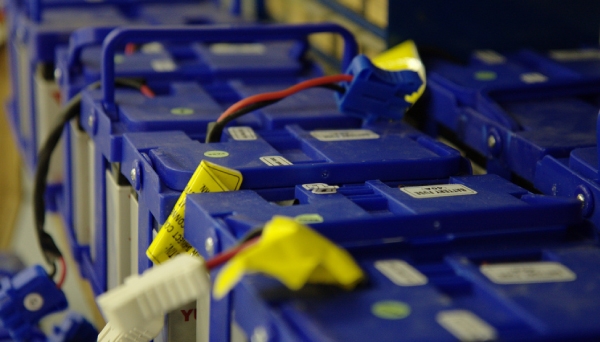Environmentally Sound Management of Selected End-of-Life Vehicle Batteries, Including Spent Lead Acid Batteries, in North America
Status: Completed
Operational Plan: 2013 - 2014
Building on the Article 13 report from the CEC Secretariat on the environmental hazards of transboundary spent lead-acid battery recycling, this project developed technical guidelines on environmentally sound management practices for secondary lead smelters and other facilities that process these batteries, including best practices and technologies for collecting and recycling in a manner that protects the environment, and the health and safety of workers and the public. The project also included the compilation of practices to improve the end-of-life management of batteries from electric-drive vehicles, as well as a study to determine emission factors from a selected secondary lead smelting facility to support the development of new regulations in Mexico.

Key Accomplishments
- The project will support the adoption of practices and actions leading to a reduction of lead emissions from secondary lead smelting facilities to air, water and soil, and will help reduce lead exposure to workers and communities
- Building on the recommendations from the CEC’s Article 13 report and this current project, Mexico developed its standard NOM-166-SEMARNAT-2014 related to lead emissions from
secondary lead smelters
Products
- Technical Guidelines for the Environmentally Sound Management of Spent Lead-acid Batteries in North America
- Environmentally Sound Management of End-of-life Batteries from Electric-drive Vehicles in North America
- Emission factors from a selected secondary lead smelting facility in Mexico